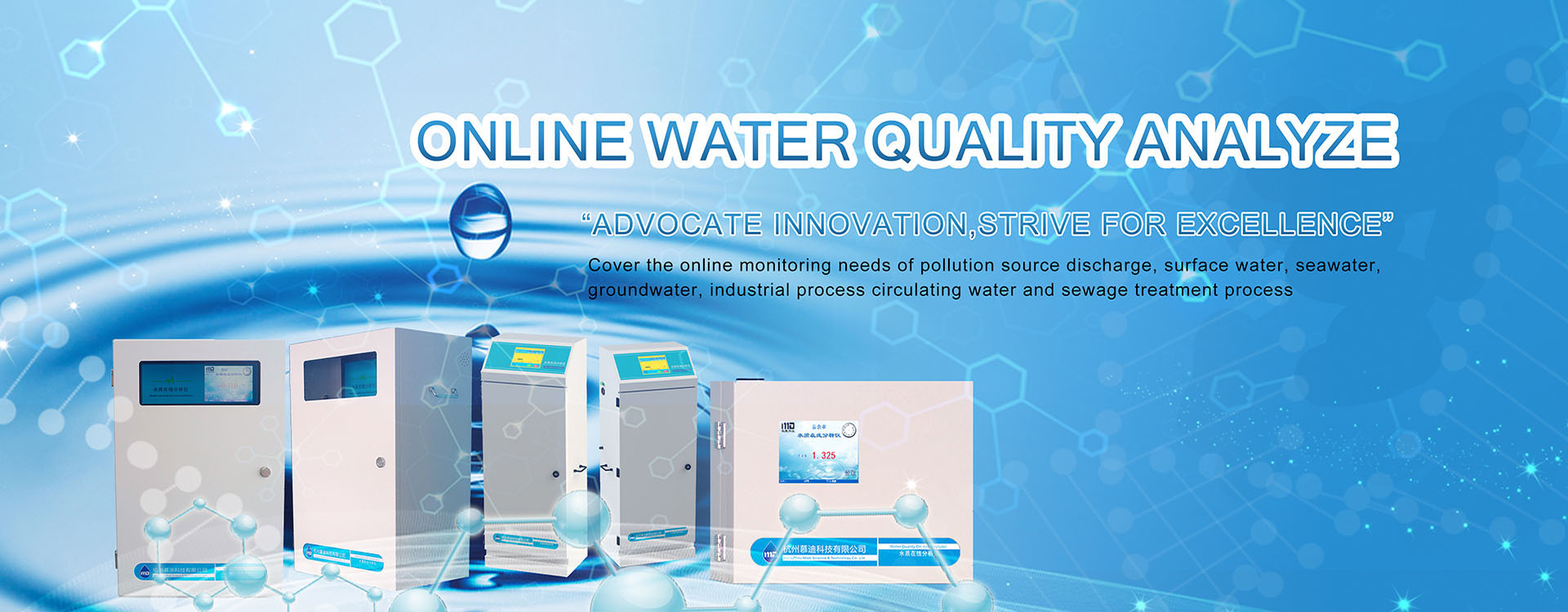Cyanide is a compound composed of carbon and nitrogen. It is a toxic substance and soluble in water! Now let’s learn how to deal with cyanide in wastewater.
What are the Main Sources of Cyanide in Wastewater?
Cyanide-containing wastewater mainly comes from electroplating, gas, metal processing, plastics, chemical and other sectors. It is a highly toxic industrial wastewater. It is unstable in water and decomposes easily. Both inorganic cyanide and organic cyanide are highly toxic. Accidental ingestion can cause acute poisoning in the human body. The lethal dose of cyanide for humans is 0.18, and that of potassium cyanide is 0.12g. However, in water bodies, the lethal mass concentration of cyanide for fish is between 0.04 and 0.1mg/l.
How Should Cyanide-containing Wastewater be Treated? The Following Several Situations can be Considered:
1.Reform the process to minimize or eliminate the discharge of cyanide-containing wastewater. For instance, cyanide-free electroplating can eliminate industrial wastewater from electroplating workshops.
2.Wastewater with high cyanide content can be recycled and reused. As for the treatment methods, there are alkaline chlorination, electrolytic oxidation, biochemical methods, etc. Among them, the alkaline chlorination method is widely used!
What if the Content of Cyanide in the Water is Known?
This can be monitored in real time for cyanide in wastewater through a water quality monitor. The T8000-CN Water cyanide online monitoring instrument uses the pyridine-barbituric acid colorimetric method and is one of the water quality monitoring devices produced by Hangzhou Mudi.




